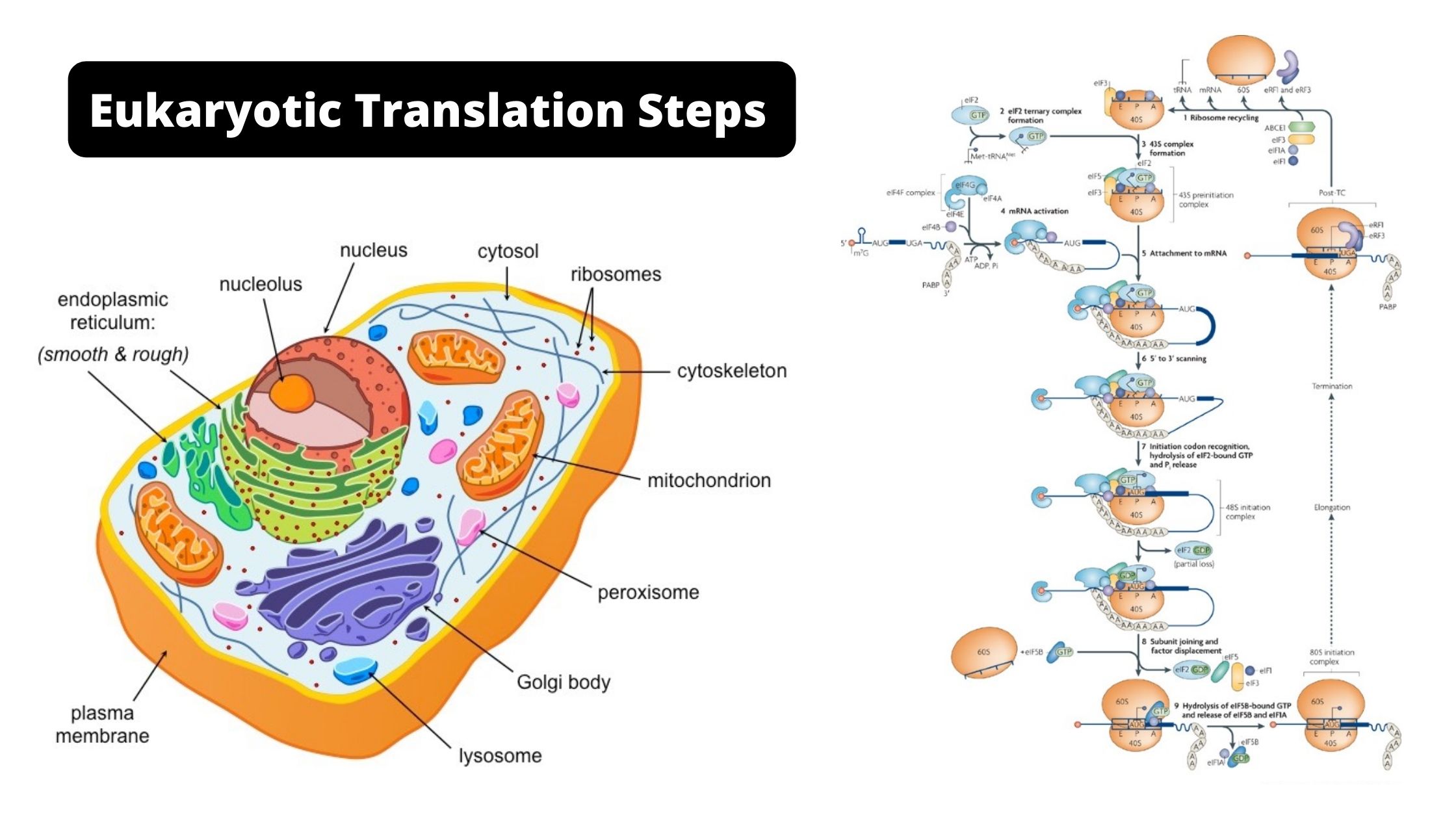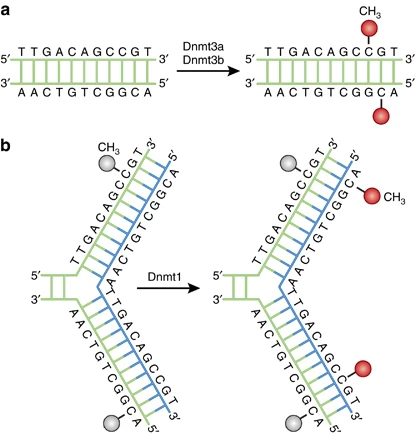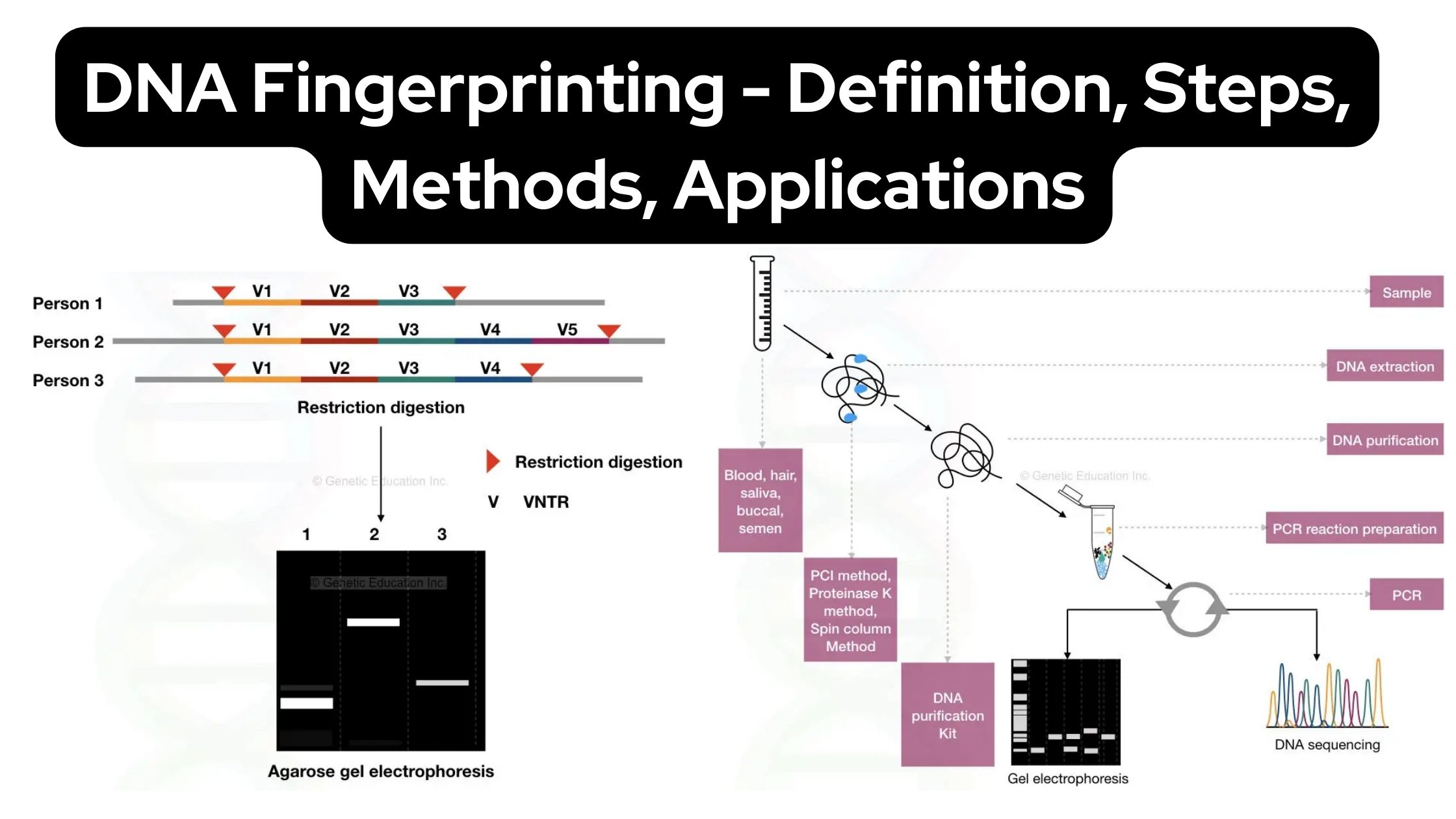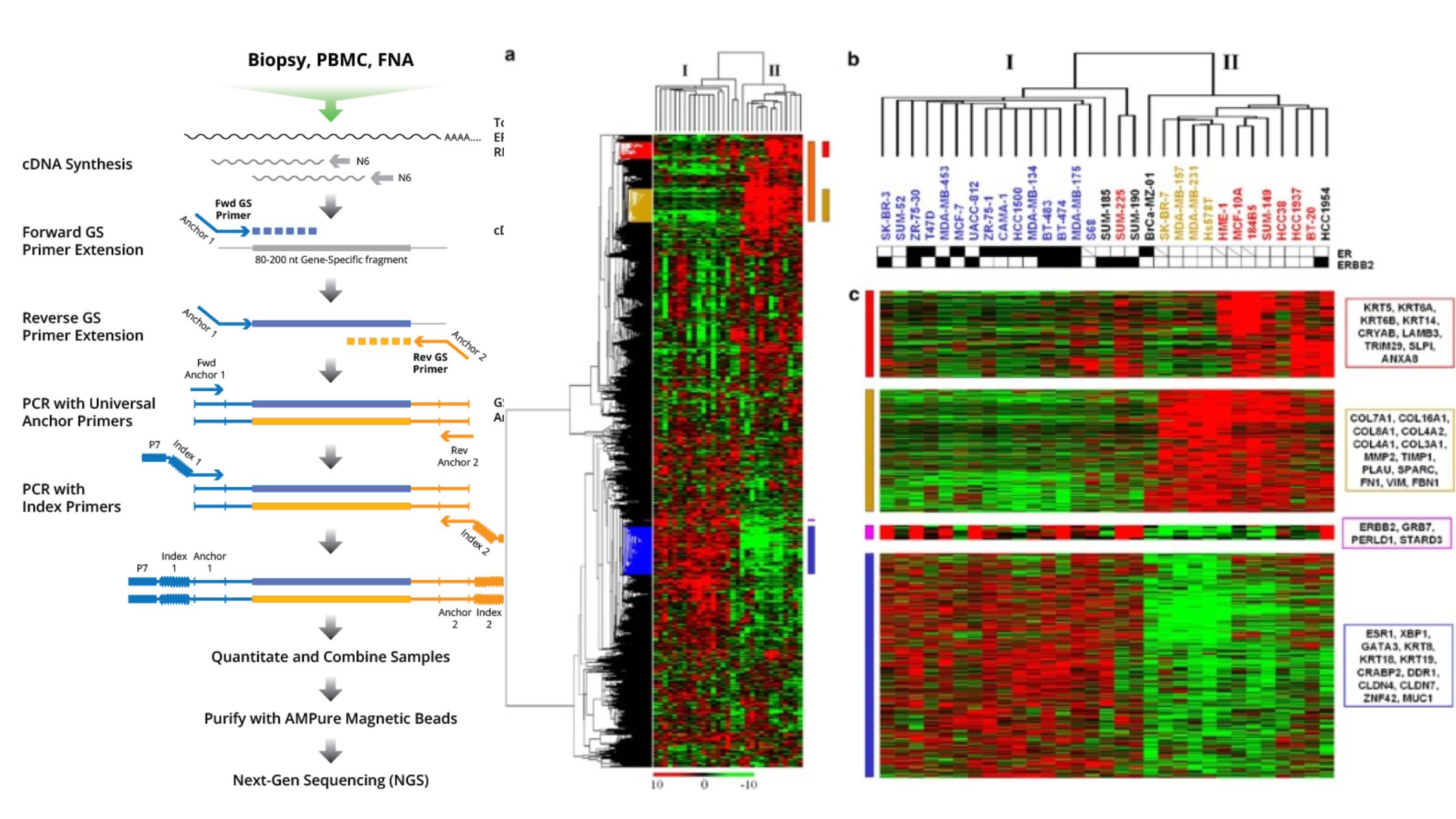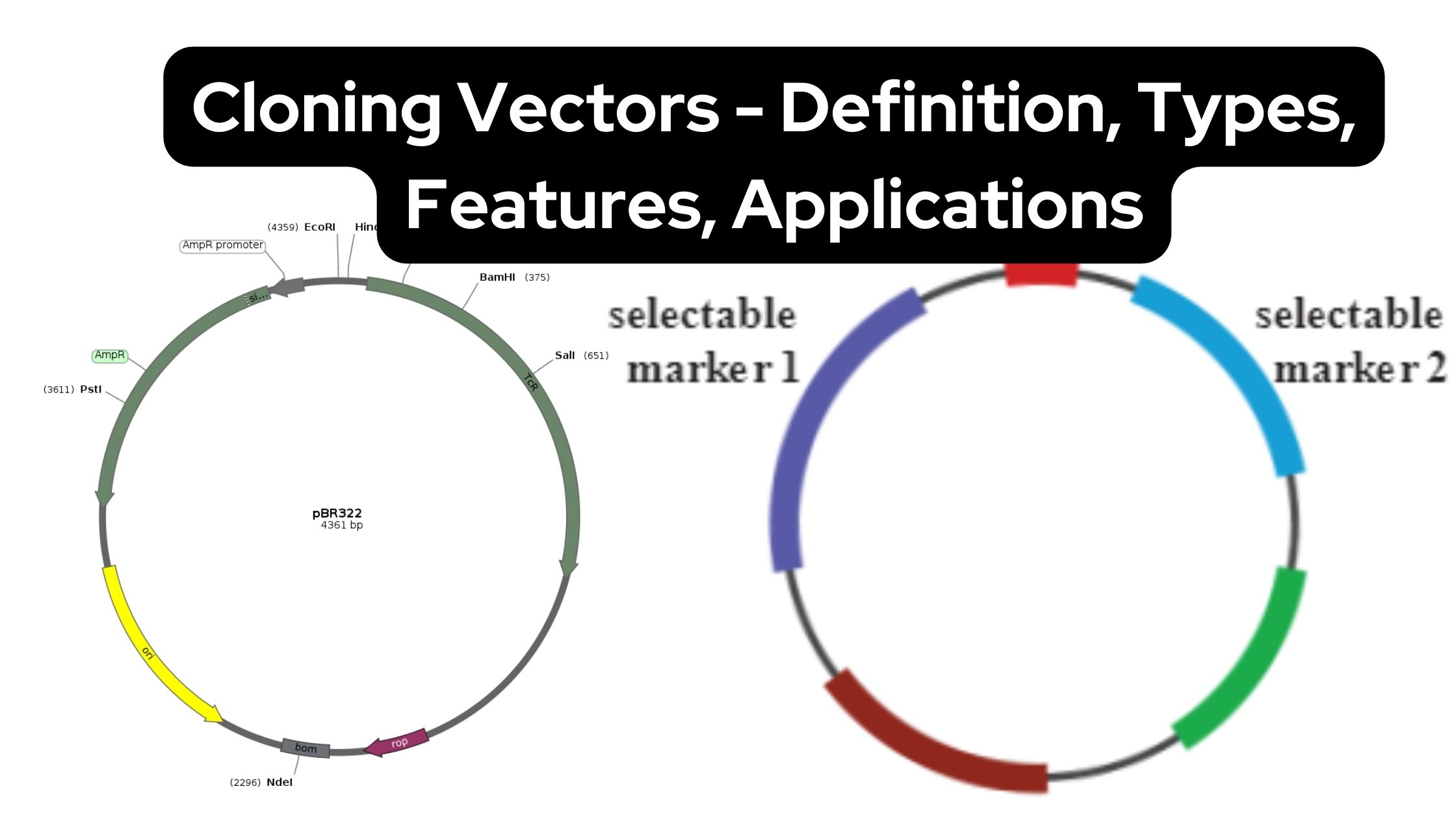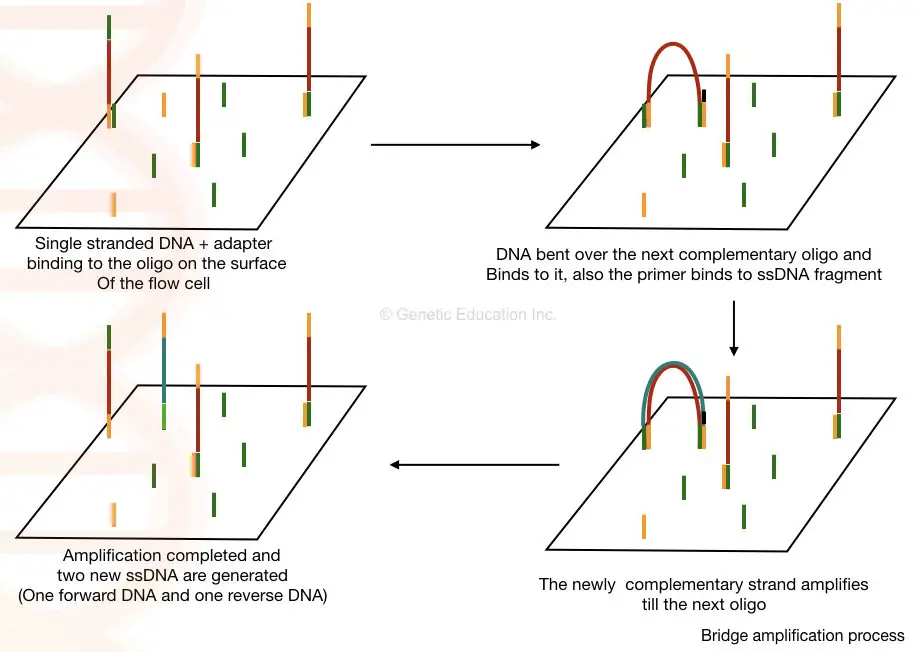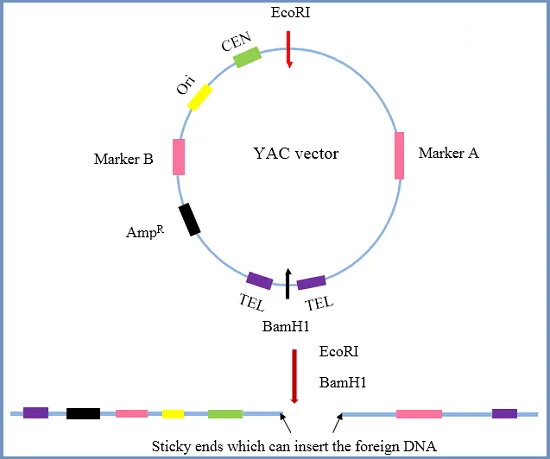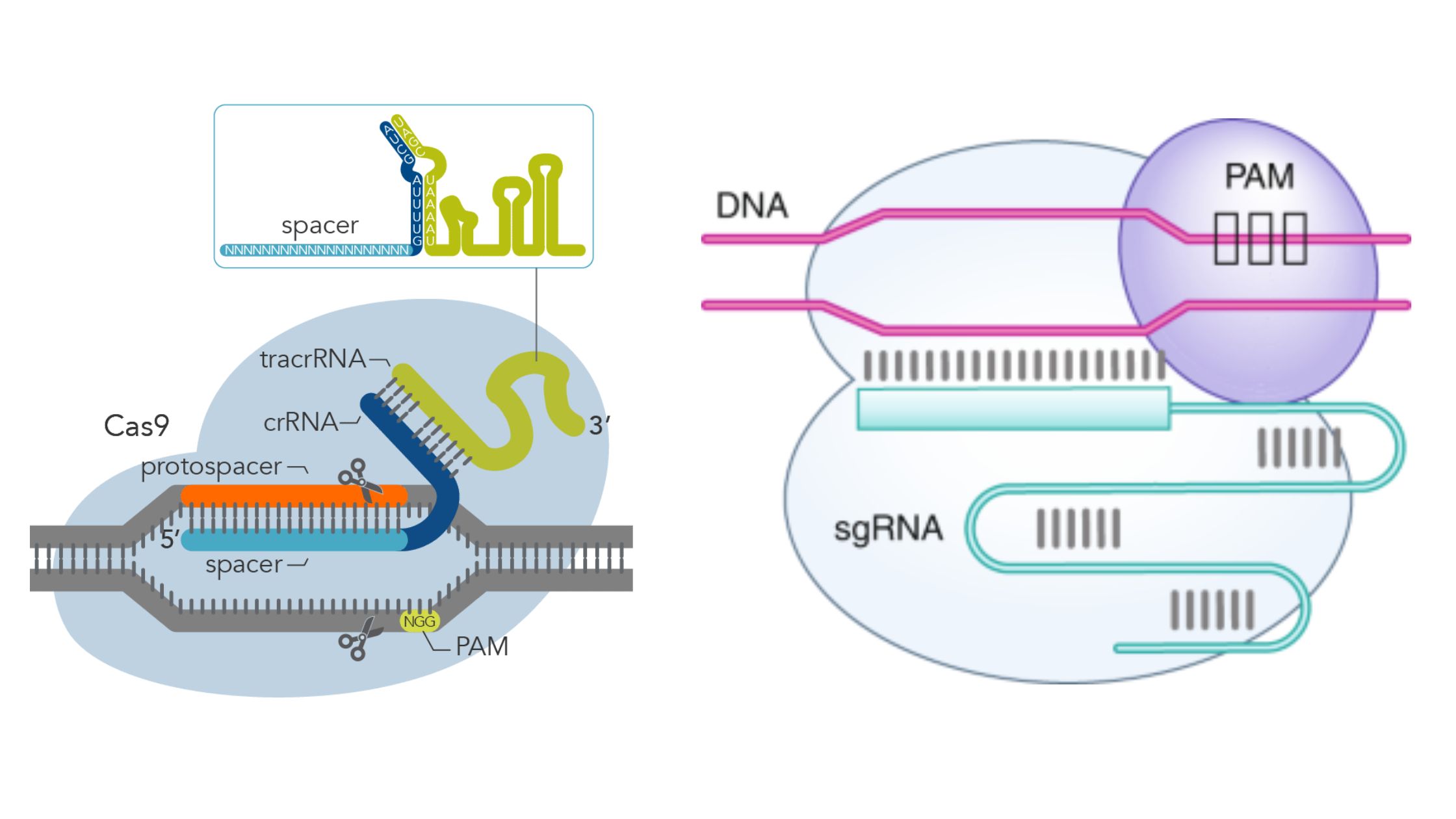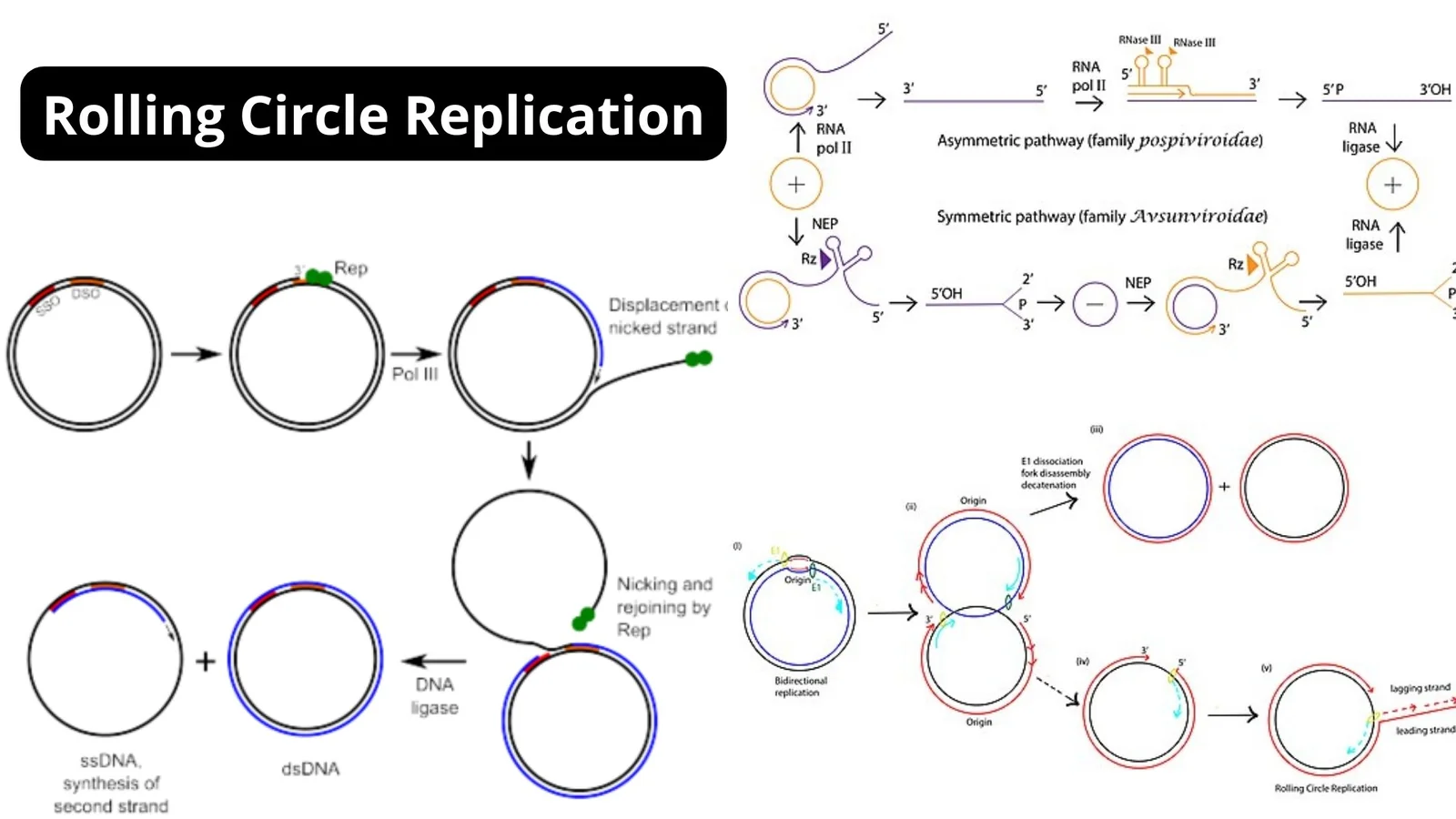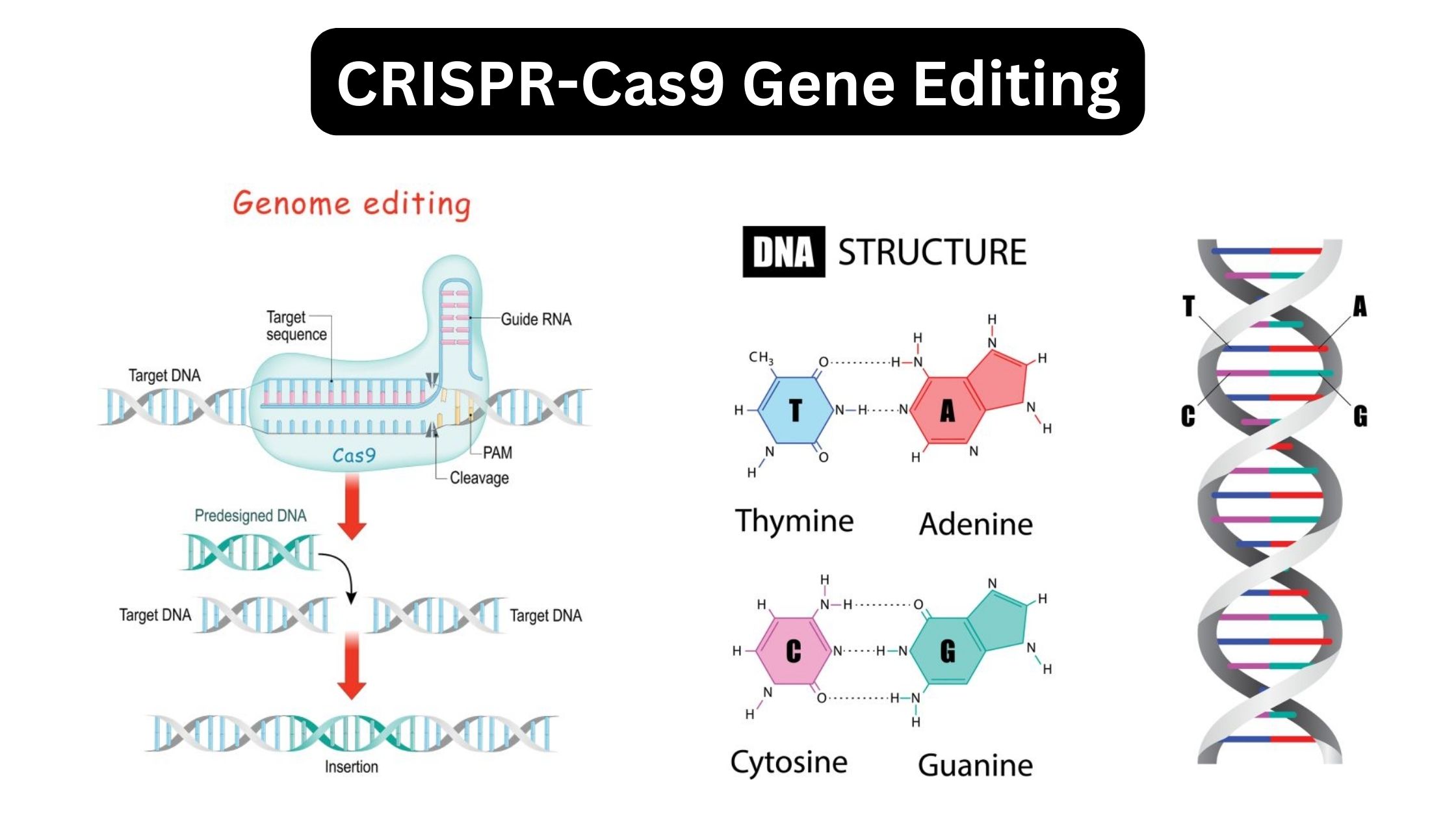Translation In Eukaryotes – Protein synthesis in Eukaryotic
Before going through Eukaryotic Translation steps, please take a look at our previous article Prokaryotic Translation Steps, Requirements, to check the components required for the translation procedure. Protein synthesis in eukaryotes, which includes organisms such as animals, plants, fungi, and protists, involves a complex process that occurs in two main stages: transcription and translation. Here’s … Read more
